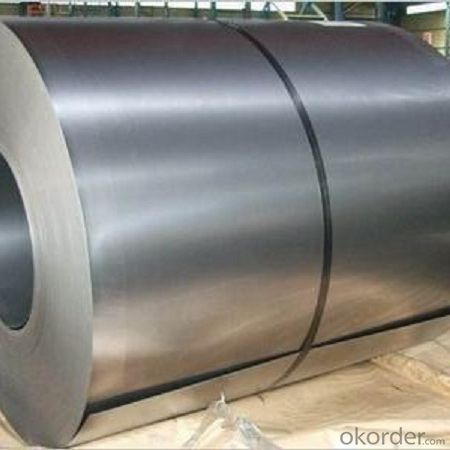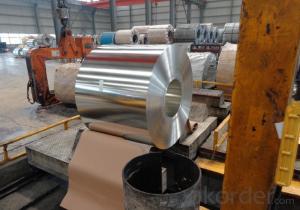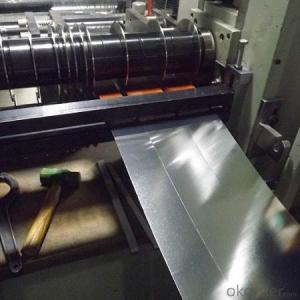Tinplate Making Beverage Cans for hot sale
- Loading Port:
- Tianjin
- Payment Terms:
- TT OR LC
- Min Order Qty:
- 50 m.t
- Supply Capability:
- 20000 m.t/month
OKorder Service Pledge
OKorder Financial Service
You Might Also Like
Specification
Tinplate with prime quality hot sale products
Product Description
- Tinplate, as the name suggests, is coated on both sides with pure tin at various coating weights between 1 and 12 grams per square meter. It has an extremely beautiful metallic luster as well as excellent properties in corrosion resistance, solder ability, and weld ability.
2. Main Features
Tinplate is widely used for making all type of containers, electrical machinery parts and many other products.
3 Pictures.
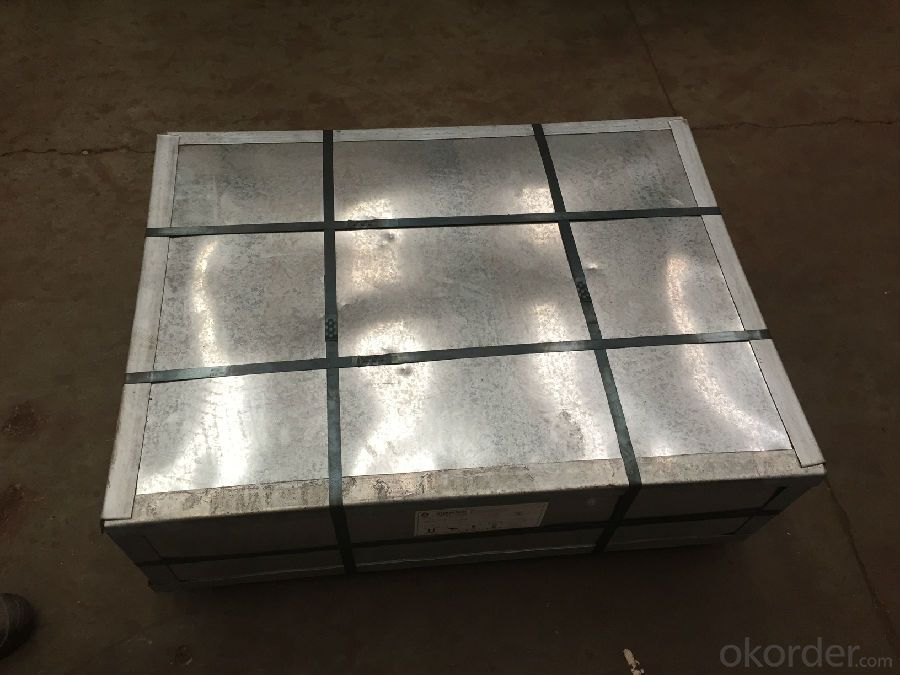
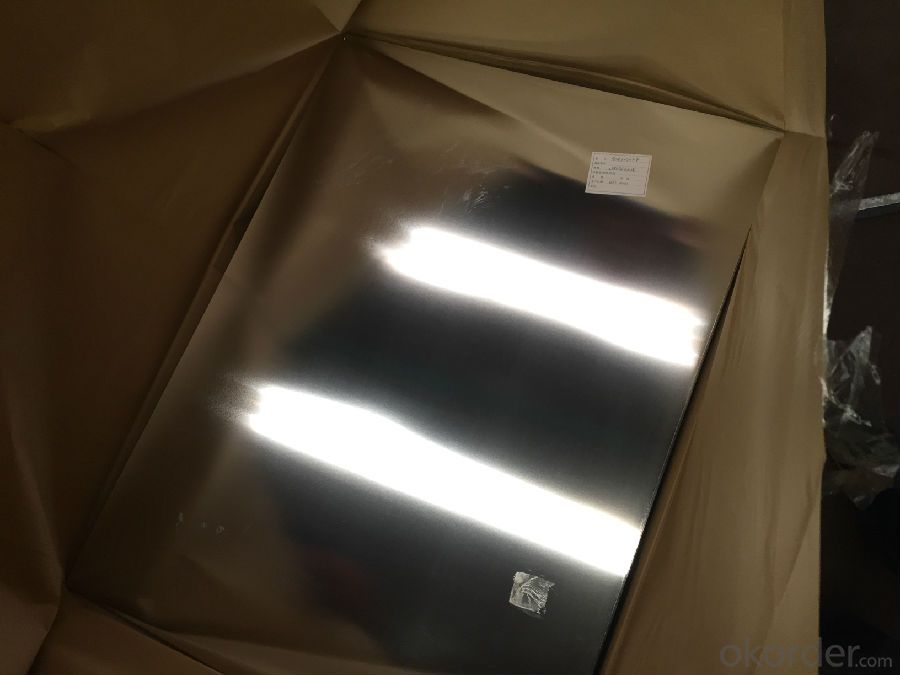
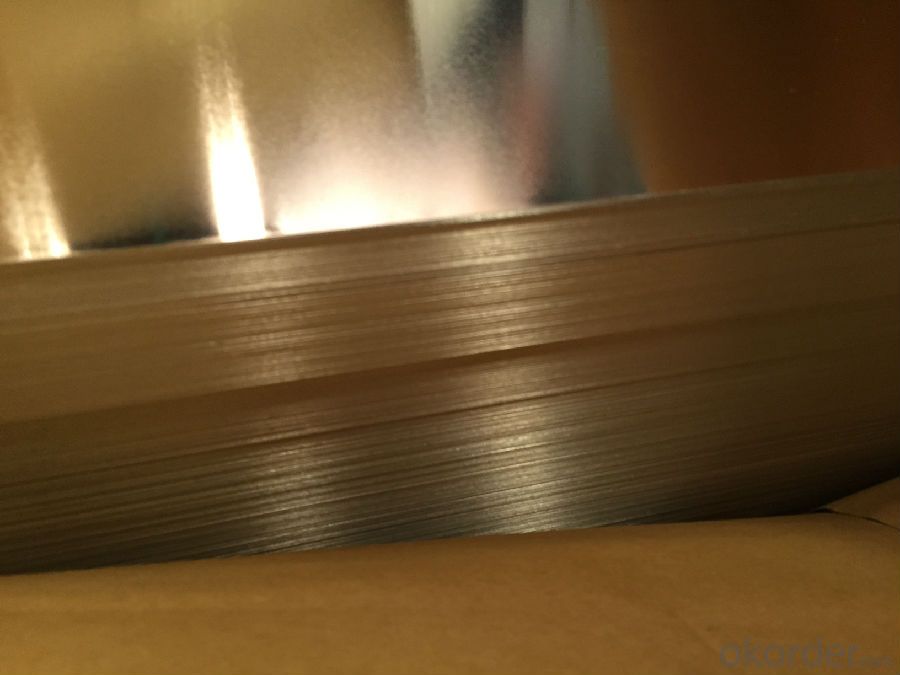
4. Applications
- Chemical and Painting Cans
- Dry food cans, such as fancy cans, biscuit cans, milk powder cans, tea cans
- Liquid food cans, such as edible oil cans, beverage cans, tomato paste cans
- Sea food cans
- Crown corks, easy open ends
- Electrical Machinery parts
- Bakeware and household kitchen parts
5.FAQ
CNBM is a state- owned enterprise, top 1 in China steel industry, top 500 world wide. Our tinplate annual capacity is 400,000metric tons. First class level with competitive price.
- Q: How does tinplate handle exposure to UV radiation?
- Tinplate is not resistant to UV radiation and can undergo degradation or discoloration when exposed to prolonged sunlight.
- Q: How does tinplate perform in terms of UV resistance?
- Tinplate generally has poor UV resistance, meaning it is not highly resistant to the damaging effects of ultraviolet radiation.
- Q: Can tinplate be used for construction materials?
- Yes, tinplate can be used for construction materials. Tinplate is a type of steel coated with a layer of tin, which provides it with corrosion resistance and durability. It is commonly used for manufacturing various construction components, such as roofing materials, wall claddings, and structural elements. Its strength, versatility, and aesthetic appeal make it a suitable choice for construction applications.
- Q: What are the common closure systems for tinplate containers?
- The common closure systems for tinplate containers include twist-off caps, screw caps, and press-on lids.
- Q: What are the benefits of using tinplate for kitchenware?
- There are several benefits of using tinplate for kitchenware. Firstly, tinplate offers excellent corrosion resistance, ensuring that the kitchenware remains durable and long-lasting. Secondly, tinplate is lightweight, making it easy to handle and maneuver while cooking. Additionally, tinplate has a smooth and shiny surface, enhancing the aesthetic appeal of kitchenware. Lastly, tinplate is also a sustainable choice as it can be easily recycled, contributing to environmental conservation efforts.
- Q: What are the regulations and standards related to tinplate packaging?
- Regulations and standards related to tinplate packaging may vary depending on the specific country or region. However, in general, tinplate packaging is subject to regulations and standards related to food safety, product labeling, and environmental concerns. These regulations ensure that tinplate packaging materials are safe for food contact and that they comply with specific guidelines for packaging materials. Additionally, there may be standards regarding the thickness, coating, and overall quality of tinplate packaging to ensure its durability and performance.
- Q: What are the main challenges in tinplate recycling?
- One of the main challenges in tinplate recycling is the separation of tin coating from the steel substrate, as the two materials have different melting points. Additionally, the presence of other contaminants such as lacquers and coatings on the tinplate can complicate the recycling process. Furthermore, the collection and sorting of tinplate waste can be challenging due to its prevalence in various product packaging, making it difficult to streamline the recycling system. Overall, technological advancements and increased awareness are necessary to overcome these challenges and improve the efficiency of tinplate recycling.
- Q: How long does tinplate take to corrode?
- The time it takes for tinplate to corrode can vary depending on various factors such as the environment, exposure to moisture, and the presence of corrosive substances. However, tinplate is generally known for its excellent corrosion resistance, and under normal conditions, it can take several years or even decades before significant corrosion occurs.
- Q: Can tinplate be used for ammunition?
- Yes, tinplate can be used for ammunition. Tinplate is a type of steel plated with a thin layer of tin, which provides corrosion resistance and durability. It is commonly used for manufacturing metal cans, including ammunition containers.
- Q: Can tinplate be used for coffee or tea packaging?
- Yes, tinplate can be used for coffee or tea packaging. Tinplate is a durable and food-safe material that provides excellent protection against moisture, light, and oxygen, making it an ideal choice for preserving the quality and freshness of coffee or tea. Additionally, tinplate can be easily shaped and printed on, allowing for attractive and customized packaging designs.
Send your message to us
Tinplate Making Beverage Cans for hot sale
- Loading Port:
- Tianjin
- Payment Terms:
- TT OR LC
- Min Order Qty:
- 50 m.t
- Supply Capability:
- 20000 m.t/month
OKorder Service Pledge
OKorder Financial Service
Similar products
Hot products
Hot Searches
Related keywords


